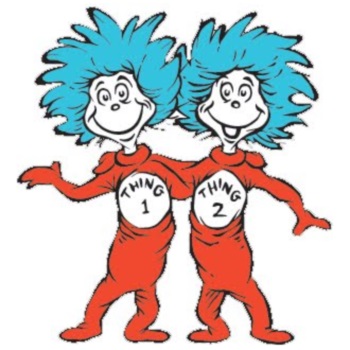My two bits of content from ESPN.com this week:
* The mishandling of Bryce Harper
* Klawchat
I’ll have an updated top 100 ranking for this year’s rule 4 draft up on Thursday, May 8th, followed by a projected first round (aka a “mock”) on the 15th.
—
Now, in keeping with the original idea for the Saturday five posts, here are five songs I’ve been listening to lately, outside of the albums I’ve been reviewing:
* The War on Drugs – “Red Eyes.” Everyone seems to love their latest album, Lost In The Dream, but after multiple listens no song has grabbed me like “Red Eyes,” which is the only track on the album that doesn’t sound like a band trying to imitate Bob Dylan. “Red Eyes” reminds me more of Lord Huron or the Head & the Heart, bands that also draw inspiration from Dylan and other folk-rock artists but without coming off as in any way derivative of their influences.
* Thumpers – “Unkinder (A Tougher Love).” Yet another heavily New Wave-inspired English synth/rock act … but the offbeat rhythm of all of the vocals, both verses and chorus, sets the song apart from the dozens of similar tracks that have been coming out of the UK over the last few years. Their debut album, Galore, came out in February.
* Broods – “Bridges.” My daughter loves this song, so here’s her review: “I like the way she sings, and the words sort of, but I mostly like the way she sings.” Works for me. For all the raves Grimes got for her 2012 album Visions, Broods mines similar high-pitched territory but with a far more pleasant vocal style. Their debut EP Broods came out in January.
* Gap Dream – “Fantastic Sam.” The song reminds me of Django Django’s last album, but with a more melancholy, hypnotic tone, and less interesting lyrics (which even my daughter picked up on). Their debut album, Shine Your Light, came out in November.
* La Sera – “Losing to the Dark.” The solo project from former Vivian Girls member Katy Goodman, La Sera put out this lead single earlier this spring, and it’s a near-perfect tranche of bright punk-pop to contrast with its downtrodden lyrics. Her third album, Hour Of The Dawn, comes out on the 13th, and it’s probably my most-anticipated album of the month.
[soundcloud url=”https://api.soundcloud.com/tracks/137953039″ params=”color=ff5500&auto_play=false&hide_related=false&show_artwork=true” width=”100%” height=”166″ iframe=”true” /]
—
And now, this week’s five links, heavier on science this week…
- The Big U, a ring of parks designed to help protect Manhattan’s coastline from storm surges and rising sea levels.
- On the same front, the Supreme Court may be leaning toward more power for the EPA to fight greenhouse gas emissions. Of course, it would really help if developing countries stopped clear-cutting forests, but this isn’t a bad thing either.
- A German exchange student at a Montana high school was murdered by a 29-year-old man claiming self-defense, even though the student, who was trespassing, was unarmed and posed no threat.
- Those BPA-free plastics may actually be more dangerous than the ones they replaced.
- Why is pork suddenly so expensive? Because a virus is killing American pigs.
Also, two bonus links this week that may be relevant to your interests, since you’re here… My ESPN colleague Ramona Shelburne wrote an amazing, thorough story on the Donald Sterling imbroglio from inside the Clippers’ organization. Also, fellow Parks and Recreation fans will enjoy Alan Sepinwall’s post-season-six interview with Michael Schur, covering everything from the changes ahead for season seven to the evolution of the running Cones of Dunshire gag. I’m convinced part of Parks & Rec‘s success came from embracing the show’s essential nerdiness, both the eccentricity of its central characters and the writers’ willingness to make references (like Settlers of Catan) that wouldn’t normally appear in a network series aimed at a mass audience. Or maybe it’s just that they let Chris Pratt do more dead falls. Those work too.
